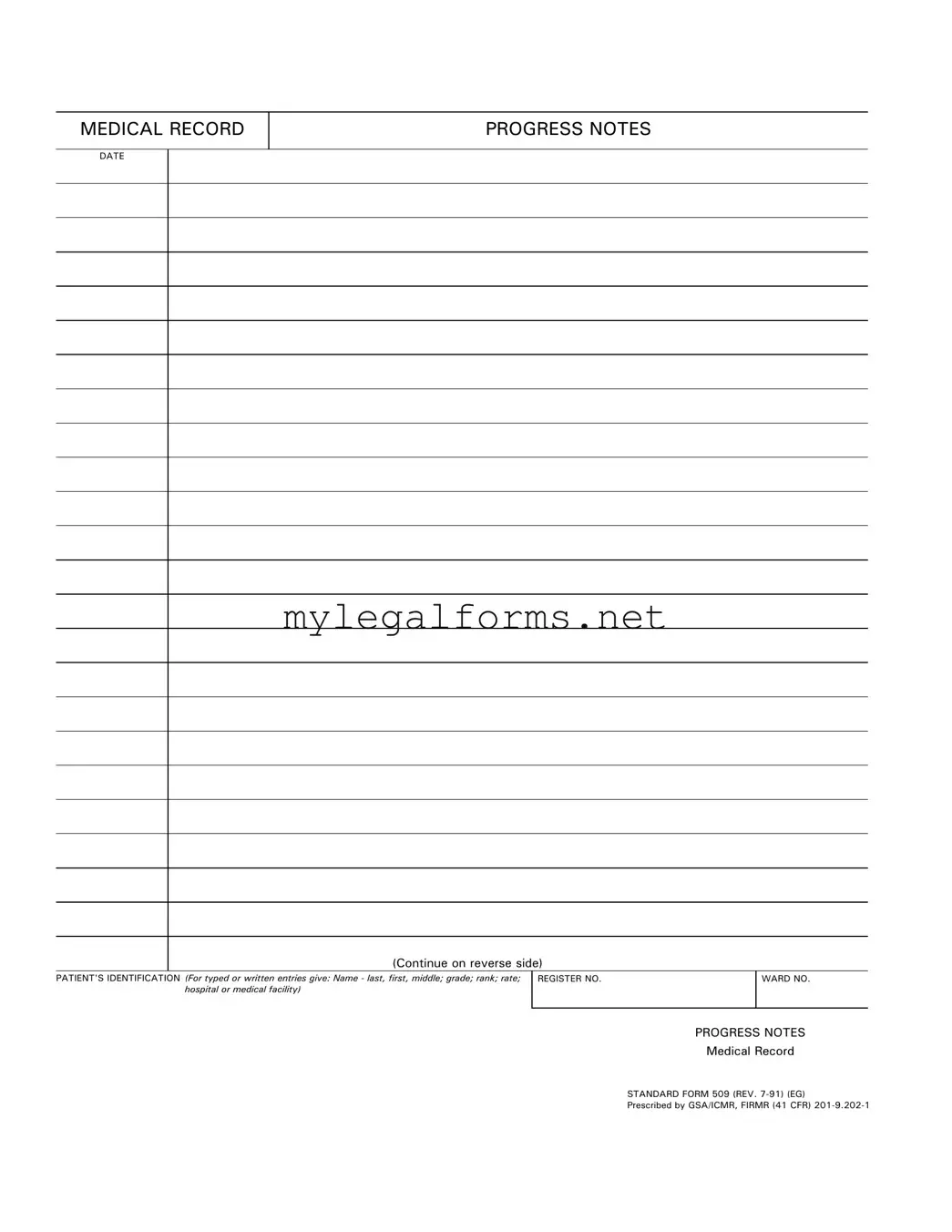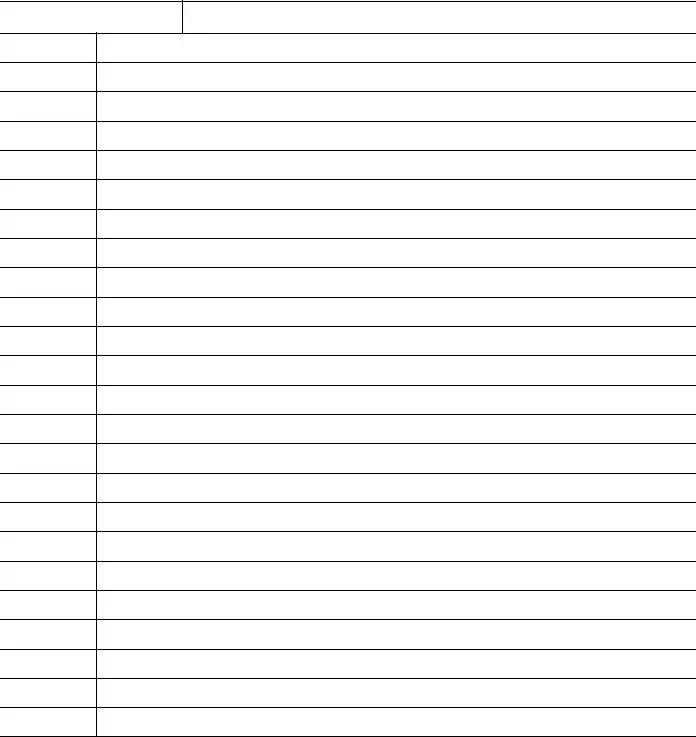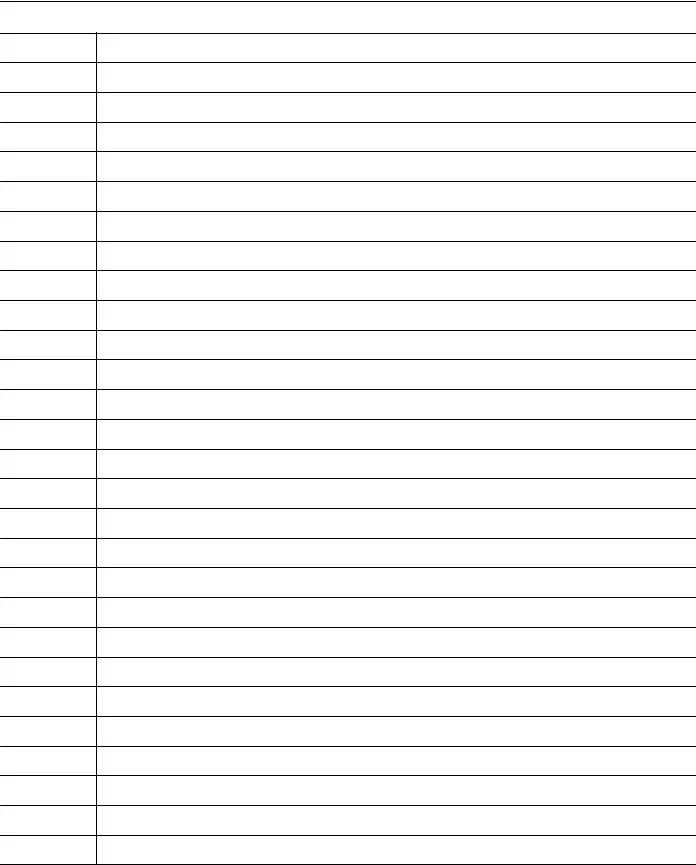The Progress Notes form serves as a crucial tool in the documentation of patient care within medical facilities. It captures essential information such as the date of the entry, the patient’s identification details—including their name, grade, rank, and hospital or medical facility—ensuring that all entries are accurately attributed. This standardized form, designated as Standard Form 509, has undergone revisions to enhance its usability and compliance with federal regulations. Each entry allows healthcare professionals to record observations, treatment plans, and any changes in the patient’s condition, promoting continuity of care. The structure of the form is designed to facilitate clear and concise communication among medical staff, ultimately contributing to better patient outcomes. By adhering to this standardized format, healthcare providers can ensure that critical information is readily accessible and organized, supporting the overall efficiency of medical record-keeping.


